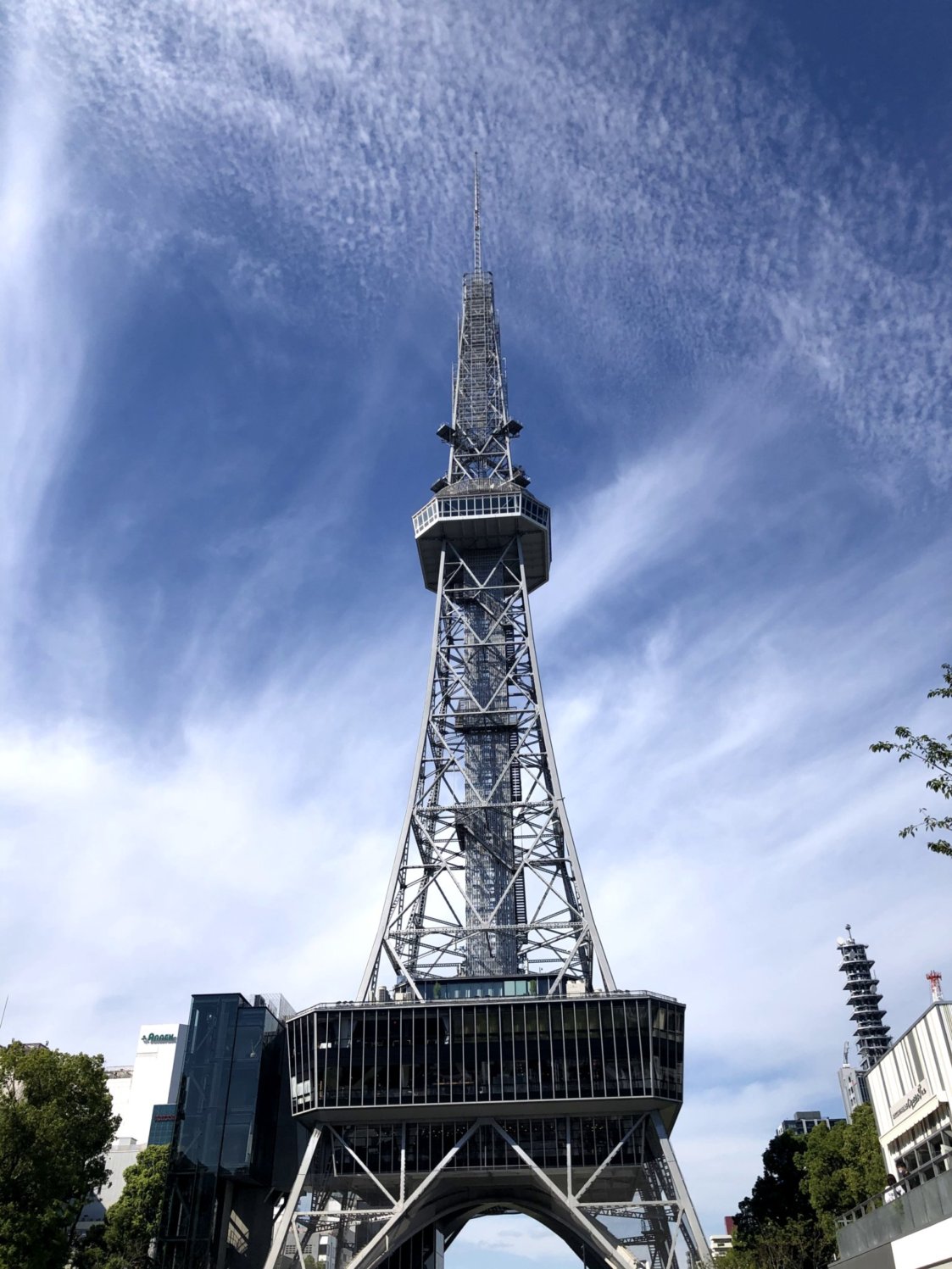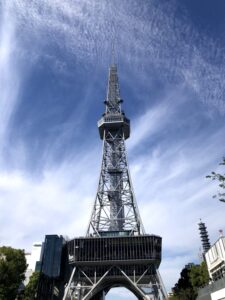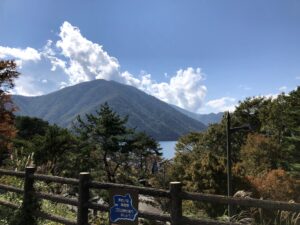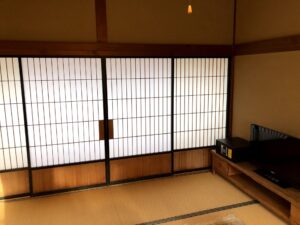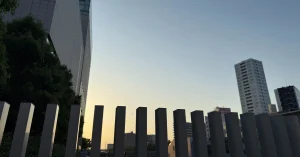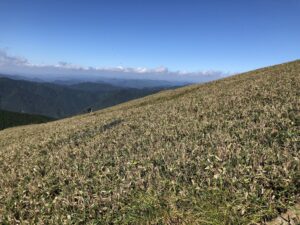I have been living in Nagoya for several decades now. Nagoya is a fairly large city, so to put it roughly, I live in the southern part of the city.
As you know, Nagoya as a city has often been teased by many people. Some time ago, it was Tamori-san. More recently, Haruki Murakami’s travelogues and TV programs covering Nagoya have always featured the city in some interesting way.
Perhaps it is natural, but having lived in Nagoya for a long time, I have no real sense of the things that are laughed at or called strange, and I find myself thinking that I am living a normal life in a very normal town. I wonder what is so strange about it. In other words, that may be the reason why it is called a Galapagos city.
Foods using the famous aka-miso (red miso) and the Nagoya dialect are well known throughout Japan, so I won’t bother to mention them here, but I can summarize the impressions of people who have moved to Nagoya from outside the prefecture and started living here.
But if I were to summarize the impressions of people who have moved here from outside the prefecture and started living in Nagoya, I would say, “It’s very easy to live here, but there is nothing to see.
Museums…yes. Zoos…yes. There is a downtown … yes. There is also an airport … nearby … but…”
Indeed, everything is here. There is nothing missing from other big cities. Then why? What is wrong? But, after all, “something is missing.
Perhaps it is because the city as a whole is somehow lacking in enthusiasm compared to Tokyo, Osaka, or more recently, Hakata. Or, to put it another way, there is something refreshingly dreary about the place. In other words, there is a strong sense of heat, of a glistening whirlpool of desire.
One of the reasons for this may be the fact that there are not many people in what is called one of the three major metropolitan areas. However, that alone does not explain everything.
When I asked those who expressed this impression more in-depth, they replied, “When I think back to the buildings, including boxy things, famous sightseeing spots, local specialties, and culture such as comedy, I feel that there is something more outstanding somewhere else, and that everything in Nagoya is second or third in excellence.
Specifically, Nagoya Castle is to Osaka Castle, Nagoya Dome is to Fukuoka Dome, Atsuta Shrine is to Ise Shrine, the TV Tower (its old name) is to Tokyo Tower, and Chunichi is to Hanshin, and so on. I was even told by a terrible person that “all the impressions are eight in one’s stomach.
When I heard this, I was disgusted at what a terrible slander it was, but at the same time I was convinced that they had a point.
It is true that we may not have an outstanding culture or material goods, but we do have everything we need. However, it is not only the culture, but also the disposition of the people who live in the area.
It is said that during the Warring States Period, the soldiers of Owari were the weakest in Japan. In other words, they had little desire to fight. The reason for this is somewhat understandable. Thanks to three major rivers including the Kiso River, water is abundant. The harvest of crops is abundant, and the shipping industry and handicraft industry are also prosperous.
It was a region where the residents could live without being so hardworking.
Why should we fight? It is understandable that they would ask that question. No matter how much they trained, they could never become strong. It is easy to understand why Nobunaga Oda separated the military and agriculture.
And the only way to motivate the people who have no greed is to forcefully stir them up with greater and greater greed. They would be told to “take up arms against the enemy,” “rise to power,” “live a peaceful life,” and so on.
And that is exactly what the ideals of the Three Great Masters (Tokugawa Ieyasu was a Mikawa man) are all about. Without such ideals, the people of Nagoya would never have moved on, and might have spent their time leisurely, taking things as they pleased.
At the same time, the people of Nagoya, whose desires were once fueled by the three great masters, scattered all over Japan.
In other words, the disposition of the Nagoya people may have become the disposition of the Japanese people. The unification of Japan in a strange sense. This is because the characteristics of Japan as seen from the perspective of the rest of the world are very similar to those of Nagoya, compared to the other large cities I mentioned earlier.
This may be a bit of a stretch, but the bottom line is that the reputation of “nothing but easy living” may sound like a bad word, but in fact it is the greatest compliment of all. And, that is the biggest honor of all.
I have written this without any historical background at all, just rambling as I thought. Please forgive me.
See you soon.

